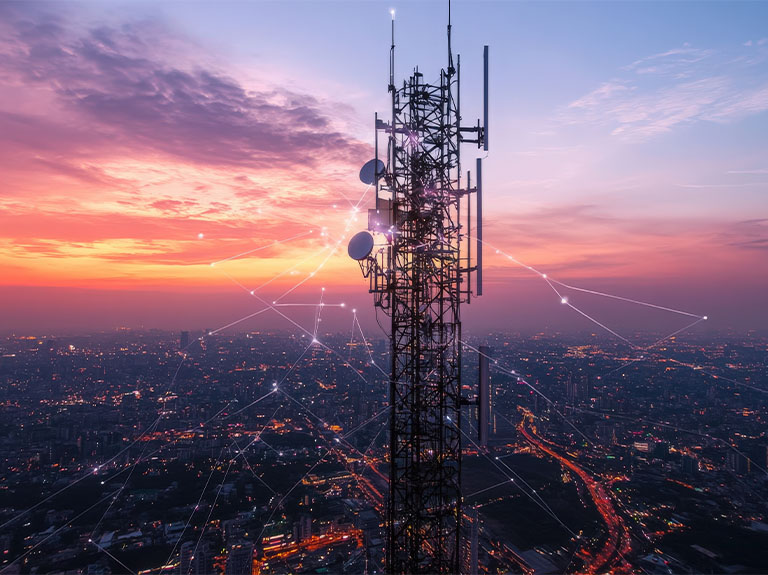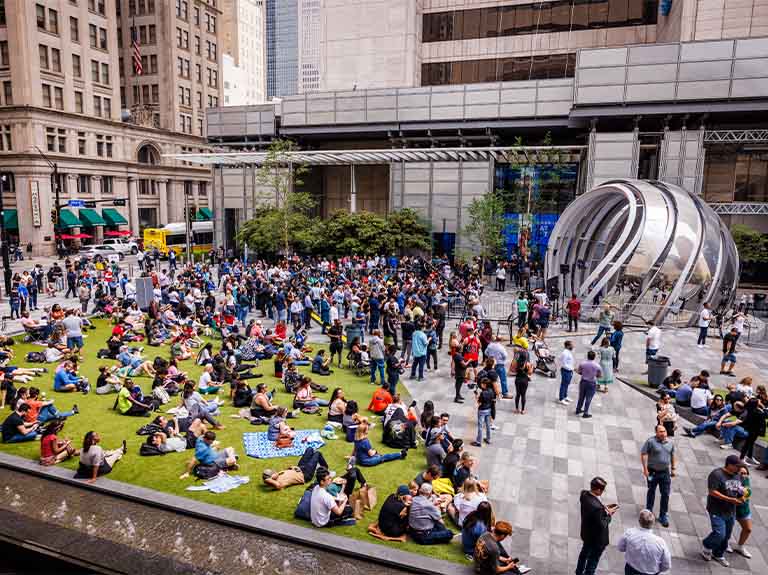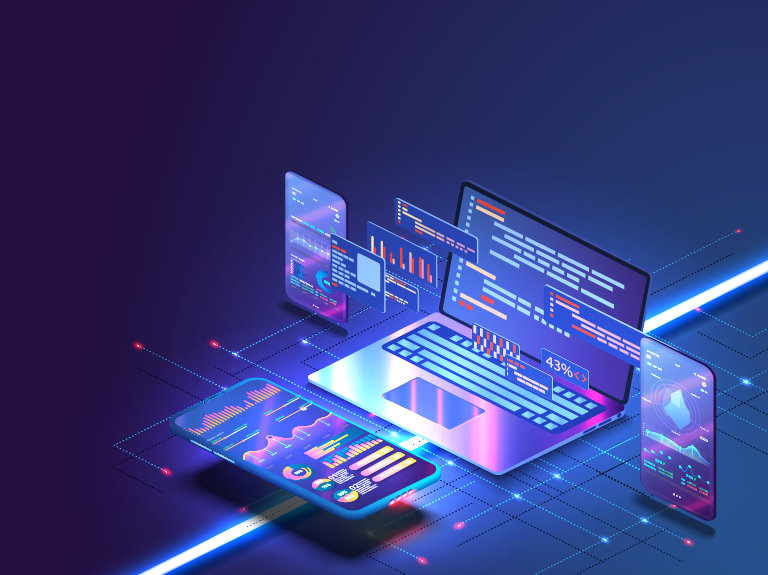
Back in 2011, we opened the first AT&T Foundry location in Plano, Texas. This launch coincided with a major milestone for AT&T that year – our first commercial deployment of 4G LTE.
While no one could foresee exactly how 4G would change the world, we knew companies needed help integrating this new network capability into their operations and products. The Foundry was designed to tap into this faster, more reliable network so we could rapidly co-create, test and prove out prototypes for first-of-their-kind solutions with our business customers.
And we’ve done just that. For the past 8 years, we’ve collaborated with companies large and small to catalyze rapid innovation with real business impact across dozens of projects. We’ve connected temperature-controlled medication flasks with LTE-M. We’ve placed cameras on dumpsters and used them as sensors that monitor waste levels and signal when they’re full. Ultimately, our explorations in IoT and other network technologies have helped our customers drive near-real time data insights, improve efficiencies and cut costs. It’s a unique and proven approach.
And now it’s time to take it to the next level.
How will 5G transform business?
Nowhere is 5G’s promise currently more powerful than in the enterprise. And that’s because we don’t have to wait for nationwide coverage to see how 5G will forever change the way we do business. We’re already using live 5G millimeter wave to create this future right now, right here at the AT&T Foundry. And once again, our business customers are looking for guidance on how to turn a revolutionary technology into a financial and competitive advantage.
While 4G was primarily about faster speeds, 5G brings a range of new capabilities that will ultimately change almost everything about how we live and work. In addition to faster speed, 5G was designed from the ground up for low latency, energy efficiency, and widespread connectivity. The network is going to become not just faster, but closer and smarter, too.
At the heart of 5G’s promise is what’s called edge computing. For example, with augmented reality and virtual reality headsets today, you generally have to physically tether a graphics processor to the goggles if you want a high-end experience. With 5G, there’s no need to tether at all. A wireless 5G connection is fast enough and responsive enough to replace the wire. Furthermore, why carry that GPU with you at all? Just put it in the network and access it when you need it. Now your glasses are lighter, slimmer, and more power efficient.
What could that mean for an enterprise? Consider a factory. When a piece of specialized equipment breaks down, businesses don’t always have an onsite engineer qualified to make that repair. Augmented reality could eventually offer a perfect solution. Using lightweight, inobtrusive AR headsets, remote engineers could guide onsite technicians through the repair process using context-sensitive 3D animations streamed across the network.
4G struggles to power that sort of experience, but 5G was built for it.
As with the launch of 4G, many of the coming 5G innovations will likely be things we haven’t imagined yet.
That said, we’re already uncovering unique 5G applications across various industries and the public sector. We’re collaborating with a number of companies to see how 5G can help them improve and scale their solutions for the future.
For example, we’re working with Israeli startup Vorpal to help scale their drone detection and tracking technology for a future where thousands of commercial and non-commercial drones might occupy our airspace. Think of it as air traffic control for drones. By using Microsoft Azure cloud services delivered through a network edge compute test environment at the Foundry, and by connecting their drone-tracking sensors to our commercial LTE and, eventually, 5G networks, Vorpal could achieve the low latency and compute scalability required for large-scale drone tracking.
We’re also exploring what live TV broadcasting might look like over 5G. LiveU uses HEVC (High Efficiency Video Coding) to provide reliable live video streaming solutions for TV, mobile, online and social media for newsgathering, live sports and events coverage. In the coming months, we’ll be working with LiveU to test how 5G could enhance the capture and delivery of live video content.
While consumers will benefit from 5G, we think 5G is going to be led initially by businesses looking to optimize their operations and deliver unique capabilities for their customers. At the Foundry, we’re helping businesses get a running start on that transformation.


